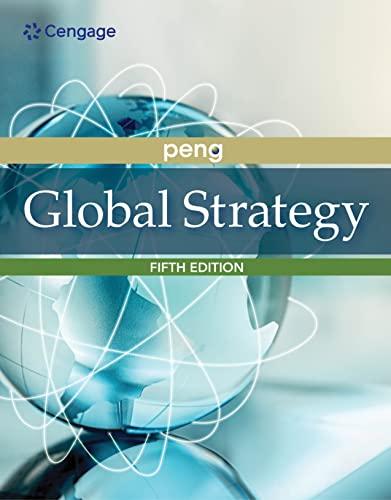Question
Amid the sustained reliance on domestic borrowings to fight COVID-19, the national government's debt stock climbed to a new high of P10.13 trillion as of
Amid the sustained reliance on domestic borrowings to fight COVID-19, the national government's debt stock climbed to a new high of P10.13 trillion as of November last year.
The latest Bureau of the Treasury data released on Wednesday showed that the end-November outstanding obligations inched up 1.1 percent from P10.03 trillion in October and jumped by a faster 31.4 percent from P7.71 trillion in November 2019.
Locally sourced debt, which accounted for 71 percent of the total, increased by 1.6 percent month-on-month and 40.6 percent year-on-year to P7.19 trillion.
In a statement, the Treasury attributed the month-on-month rise in domestic debt to the net issuance of government securities such as treasury bills and bonds.
The Philippines borrowed the bulk of its financing requirements from the local debt market as the financial system remained awash in cash. At the same time, selling more IOUs locally reduced foreign exchange risks.
Foreign debt, on the other hand, declined by 0.3 percent to P2.94 trillion in November from P2.95 trillion in October due to a stronger peso.
As the peso ended November at 48.085 against the US dollar from October's 48.396:$1, the government saved P10.74 billion from its external obligations even as it had net loan availment of P2.55 billion that month, the Treasury said.
But year-on-year, external debt increased by 13.4 percent from P2.59 trillion.
The national government's outstanding debt had been programmed to hit a record P10.16 trillion by end-2020 and further climb to P11.98 trillion in 2021.
The debt-to-gross domestic product ratio, which reflects the ability to pay obligations, will jump from a record-low 39.6 percent in 2019 to 53.9 percent in 2020 and 58.1 percent this year.
In a separate statement on Wednesday, Finance Secretary Carlos Dominguez III thanked the aid agency Japan International Cooperation Agency (Jica) for disbursing last Tuesday the second 10-billion yen (about P4.7 billion) tranche of its post-disaster standby loan 2, which will be spent to aid affected families and rehabilitate areas flattened by a string of strong typhoons during the fourth quarter of 2020.
So far, Jica has released 20 billion yen or P9.3 billion out of the 50-billion (P23.3 billion) loan signed in September last year, which can be disbursed when the government declared a state of calamity due to natural disasters and public health emergencies like COVID-19.
The earlier 10-billion yen release had been injected into COVID-19 response.
"The government estimates losses of over P10 billion combined in the agriculture sector alone from the three cyclones that struck the country one after the other in two weeks' time beginning October," Dominguez said, referring to typhoons "Quinta," "Rolly" and "Ulysses."
"The speedy release of this 10-billion yen loan underscores anew the Japanese government's unwavering support for the Duterte administration's disaster relief and mitigation programs. Such immediate financial support at this time will certainly go a long way in helping our people and communities recover quickly from the devastation wrought by the three super typhoons," Dominguez said.
"As a friend and trusted partner of the Philippines, Jica stands by Filipinos whose lives were disrupted because of the recent natural disasters. Through the Jica post-disaster assistance, we hope that vulnerable sectors affected will find relief and support to recover their livelihood and income through the spirit of 'bayanihan' in these difficult times," Jica Philippines chief representative Eigo Azukizawa said last Tuesday.
Last month, the Department of Finance said loans and grants extended by Japan to the Philippines amounted to $10.10 billion or 38.5 percent of total official development assistance as of mid-2020.
During the Duterte administration alone, Japan and the Philippines signed 15 loan agreements amounting to 679.3 billion yen or about P313.1 billion in financial assistance since 2016.
Last year, Jica extended to the Philippines two loans each amounting to 50 billion yen to finance the fight against COVID-19.Japan also provided an $18.4-million grant so that the Department of Health can buy additional medical equipment amid the pandemic.
RESOURCE: https://business.inquirer.net/315305/govt-debt-burden-swells-to-p10-13t
TABLE 1


Step by Step Solution
There are 3 Steps involved in it
Step: 1

Get Instant Access with AI-Powered Solutions
See step-by-step solutions with expert insights and AI powered tools for academic success
Step: 2

Step: 3

Ace Your Homework with AI
Get the answers you need in no time with our AI-driven, step-by-step assistance
Get Started


